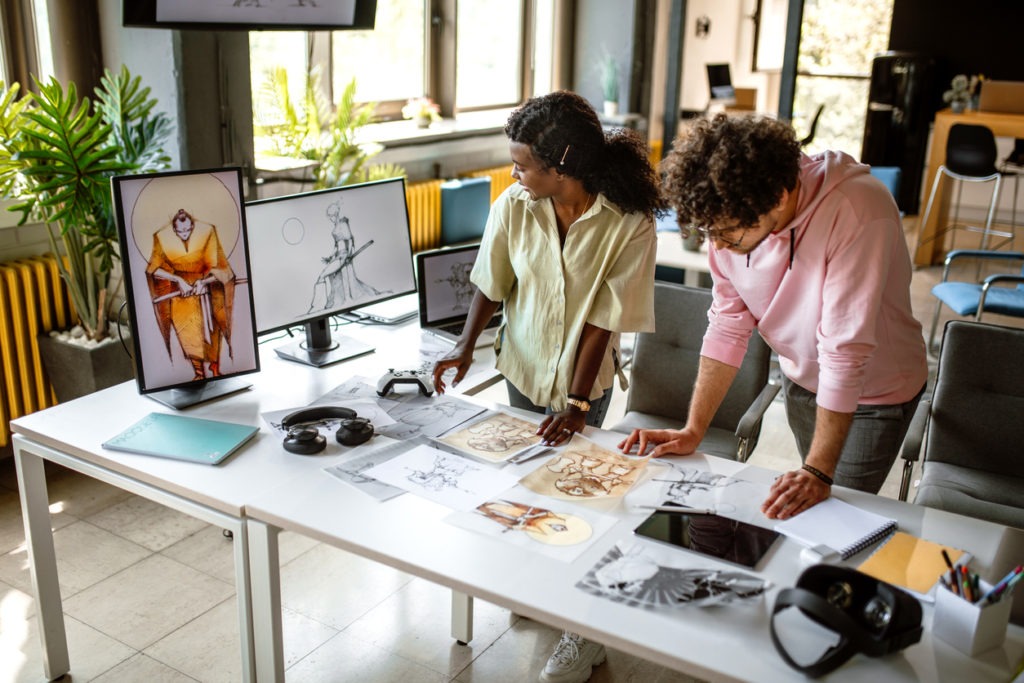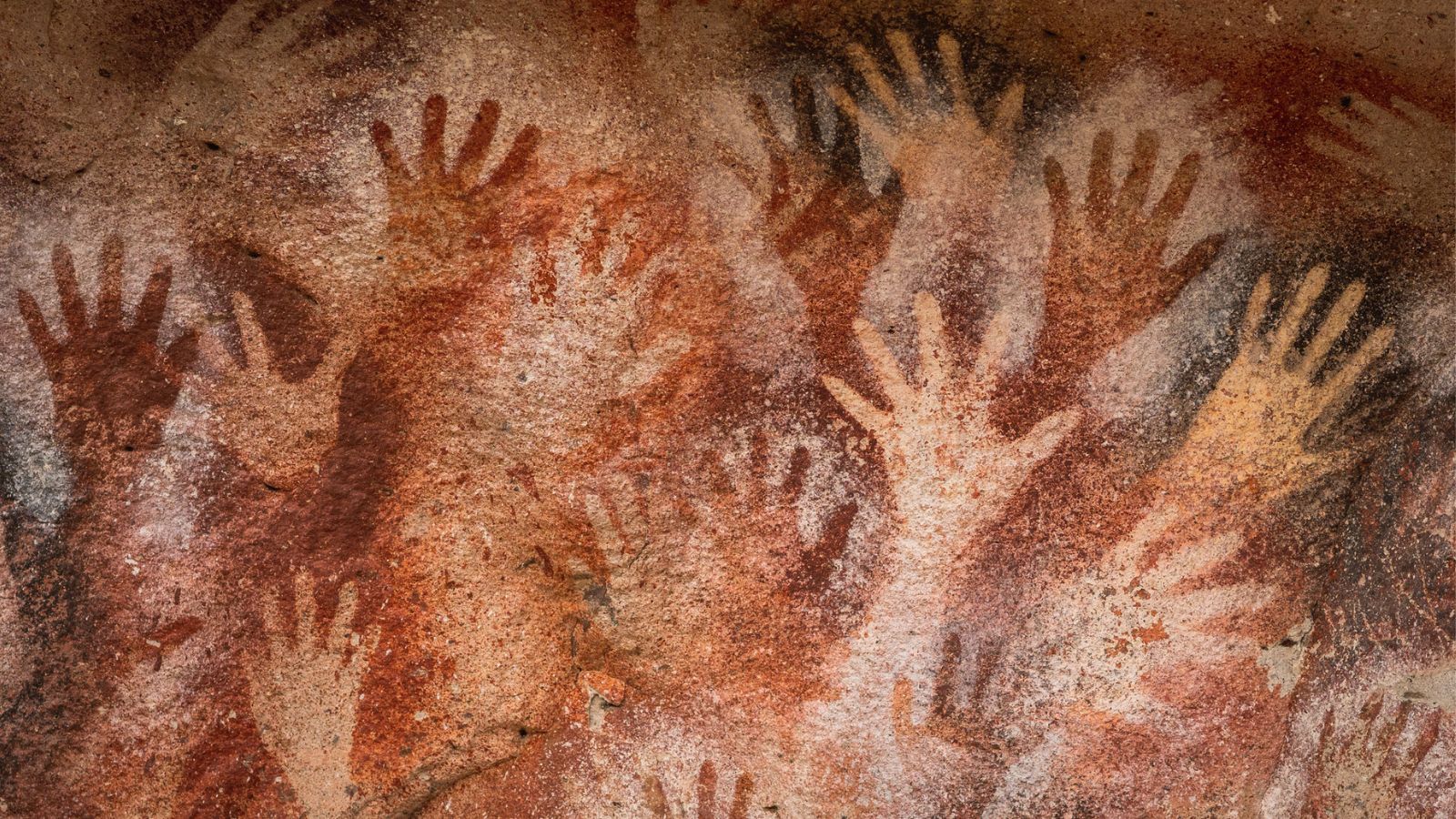This post is based on the Global Ambitions episode “Cross-Cultural Creativity” with Rachel Carruthers, Head of Internationalization and Localization at Canva. Check out the full episode to hear more about what Canva is doing to empower the world to design!
Design is a universal practice, but each person’s creative expression is unique. Creativity and design have different meanings across cultures, and hyper-local practices, languages, and contexts often inform aesthetic standards.

So, when you’re localizing creative tools and platforms for global markets, how do you create an experience that feels genuinely local without oversimplifying your users’ cultural sense of creativity?
Think beyond traditional localization
When localizing for design, your first step will probably be to adapt the language and tone of voice in the UX. You’ll likely localize the currency and pricing structure too.
But to create a design tool where local users feel like they belong, localizing the creative experience is vital. You can create bespoke tools and templates for each market–and if you can incorporate user-generated ideas into these tools, it will be even better.
[form_newsletter]
Understand the design landscape with local expertise
To understand your users’ attitudes toward design in a particular place, it can be helpful to have a granular understanding of the landscape. Local teams or partner agencies in the region can share insights, anecdotal data, and user experiences about what’s working and what could be improved.

It’s also essential to understand how your users view the role of design and creative expression. Can your users be described as global audiences designing for global connection, or are your users’ aesthetics driven more by local nuances and creative expressions?
Additionally, creative expression may play vastly different roles in different cultures, so it’s also crucial to understand the purpose and meaning of design in each location. Is design a means for self-expressing and individual creativity, or is it structured by an approach—for example, Bauhaus in Germany? Learning what design means to your users can help you adapt your design tools for hyper-local audiences.
Representation matters
As you’re localizing your design tool or platform, it’s also essential that you’re localizing what good design means. Or in other words, don’t impose your culture’s ideas of what creativity and “good” design mean onto users in diverse cultures. Remember, creativity and design are subjective and culturally informed—so one kind of representation is to ensure that your design tool represents many definitions of creativity.
Another vital form of representation is ensuring your content represents the range of user experiences in your target market. When a creator looks for a stock photo of a family, do they see their family structure? Are the expressions, gestures, and relationships they use daily represented in the design elements available? Can they see themselves in your designs?

Integrate localization into the broader team
Creating a localized design platform might seem like a primarily externally focused task. But localization teams can also play a critical role in internal operations—and this integration will lead to a better end product for the user.
Embedding localization specialists throughout a business helps the business keep the international users top-of-mind. By integrating localization across business functions, localization teams can champion global users and get a lens on other functions that might inform design choices.
For example, a localization specialist that collaborates with teams managing conversion to paid subscriptions will be able to help those teams create unique selling points that offer greater value for local users. On the marketing team, a localization specialist can help refine messaging to highlight those unique selling points. And by coordinating with a wide range of teams, localization specialists can help teams set goals that keep the international user at the forefront.
Interested in learning how a dedicated localization team can synergize local insights with global strategy? Get in touch if you want to discuss how localization can make your design tool accessible to international audiences.
 Argos Multilingual
6 min. read
Argos Multilingual
6 min. read
You’ve probably heard of Google’s helpful content update by now, which went live in August 2022. But what does that mean for your international content? No matter if you’re translating or native copywriting your multilingual content, it’s vital that you keep this summer’s update in mind. What’s the reason behind Google’s helpful content update? You’ve […]

 Antoine Rey
4 min. read
Antoine Rey
4 min. read
This post is based on Episode 4 of the Global Ambitions podcast. It features Francesca Di Marco, the Head of Internationalization and Design Operations at Pinterest, where she leads the internationalization and global development program for product and marketing. In the episode, Francesca and Antoine Rey discussed how her team’s hybrid approach to localization is […]












